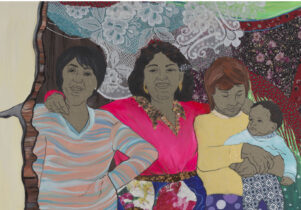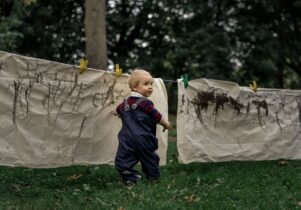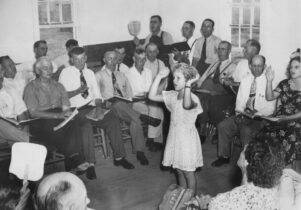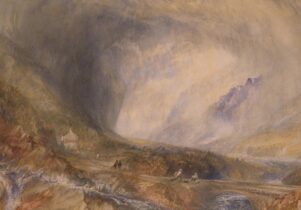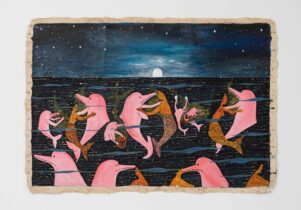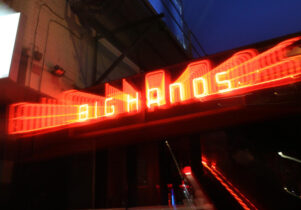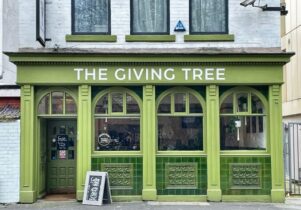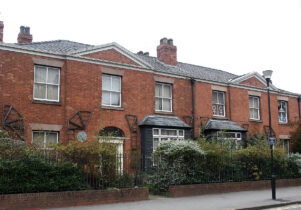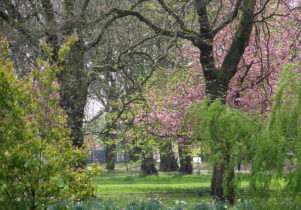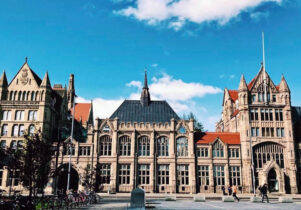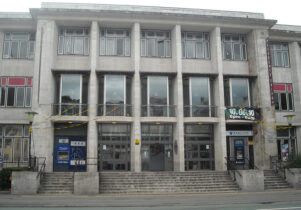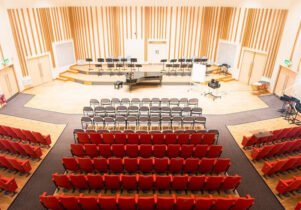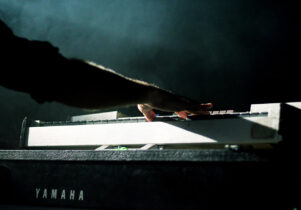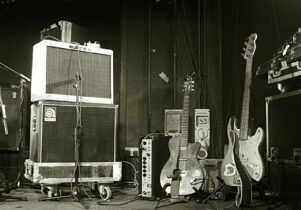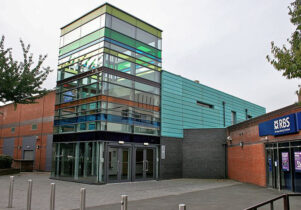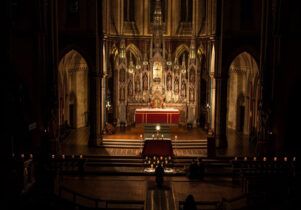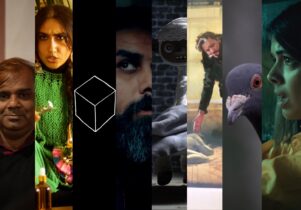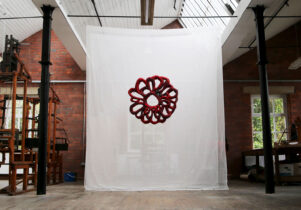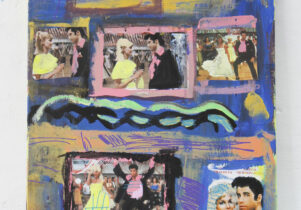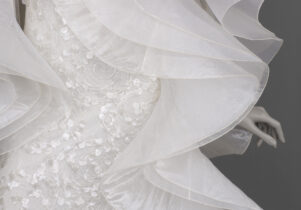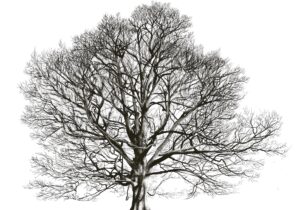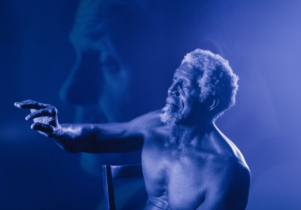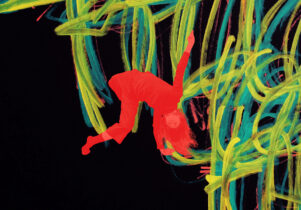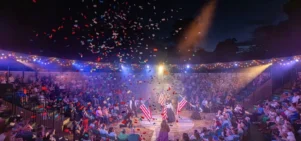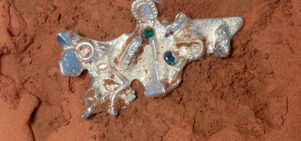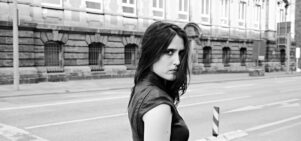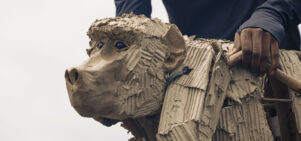Traces of Displacement
Maja Lorkowska, Exhibitions EditorVisit now
Traces of Displacement in the Whitworth's Collection
Always double check opening hours with the venue before making a special visit.
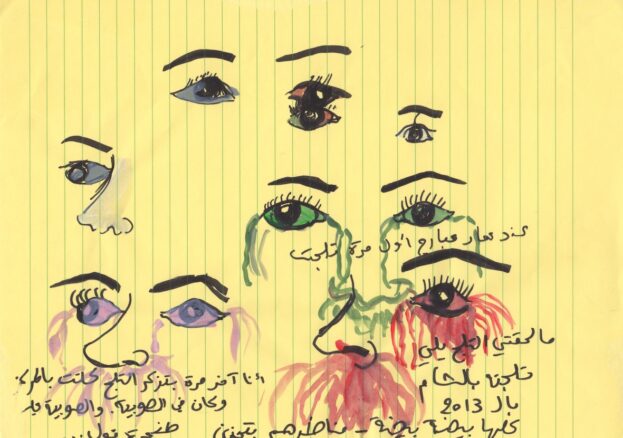
The Whitworth’s new major exhibition is exploring the issue of one of the greatest humanitarian crises of recent times – forced displacement throughout the 20th and 21st centuries. The result is a fantastic, complex and sometimes surprising survey of the issue.
Traces of Displacement is a collection exhibition, co-created with curators, a team of researchers, and a focus group made up of six members of the community with lived experience or heritage of forced displacement from different parts of the world, who now all live in Manchester. This collaborative approach was key in compiling the real-life stories of artists and makers who have all been forcibly displaced from their birth countries.
The project has been many years in the making, with in-depth research as a driving force behind the choices of artworks. Visitors will not only be able to admire the works on display, but also learn more about the stories of the artists who created them.
Curator Leanne Green says: “This exhibition is about human stories of forced migration, and how those stories can be told with a museum collection. The works of art presented show how artists reflect on and bear witness to the most urgent issues of our time.”
Audiences can able to see historical works as well as pieces from contemporary artists. The final selection includes works from: Marc Chagall, Mounira al Solh, Leilah Babiyre, Safdar Ahmed, Frank Auerbach, Max Ernst, Frank Brangwyn, Caroline Walker and Otti Berger amongst many others.
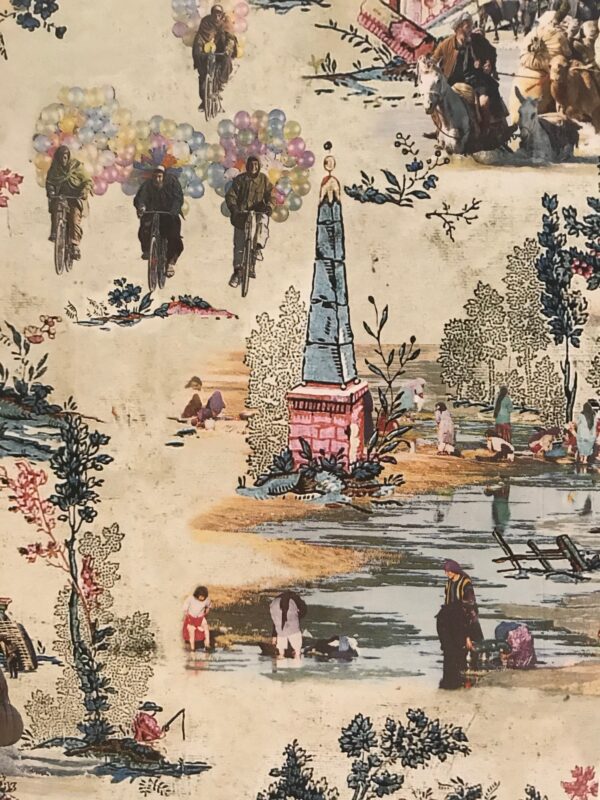
It may seem like a particularly critical time for Traces of Displacement, but the exhibition actually emphasises that the issue is far from new. Green explains that the show is both humanising and historicising the stories presented: exile is not new and it was the experience of many artists we’re very familiar with today like Marc Chagall or Frank Auerbach. Look out for the particularly moving story of textile artist and designer Oti Berger, as well as some works and creative responses from the focus group involved in creating the show.
Images of women and children, life jackets, boats and aerial footage of faceless masses of people are an everyday occurrence in the media and this is an aspect that the creators of Traces of Displacement really wanted to shine a light on. Lead historian and researcher Ana Carden-Coyne explains: “We seek to amplify those tropes and show them but not to privilege them. We are trying to raise awareness but also enable visitors to think about the way that art and artists intervene in those tropes.” By challenging the stereotype, we become aware of the mediatisation of refugeedom and start to see these stories from a more individual, human perspective.
Traces of Displacement is a moving exhibition, loaded with the most human of experiences, extremes of emotion and circumstances. The involvement of both historians and members of the community gives this show a well-rounded approach without falling into stereotypes. It is not one to be missed.
